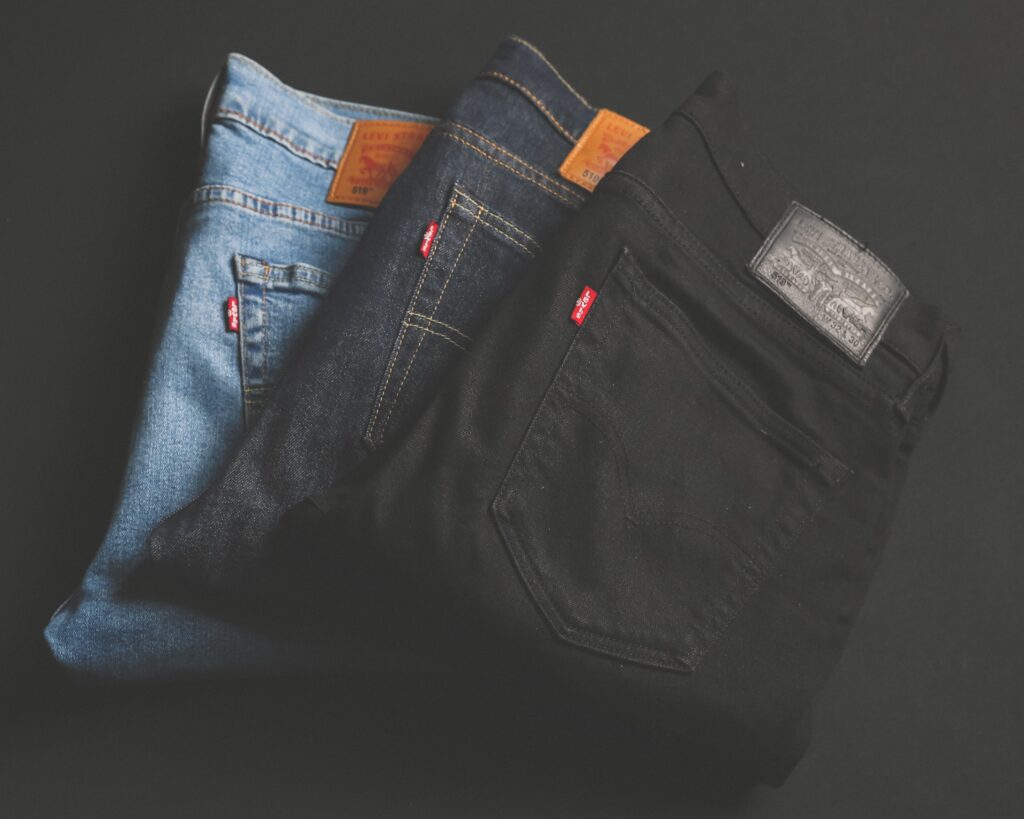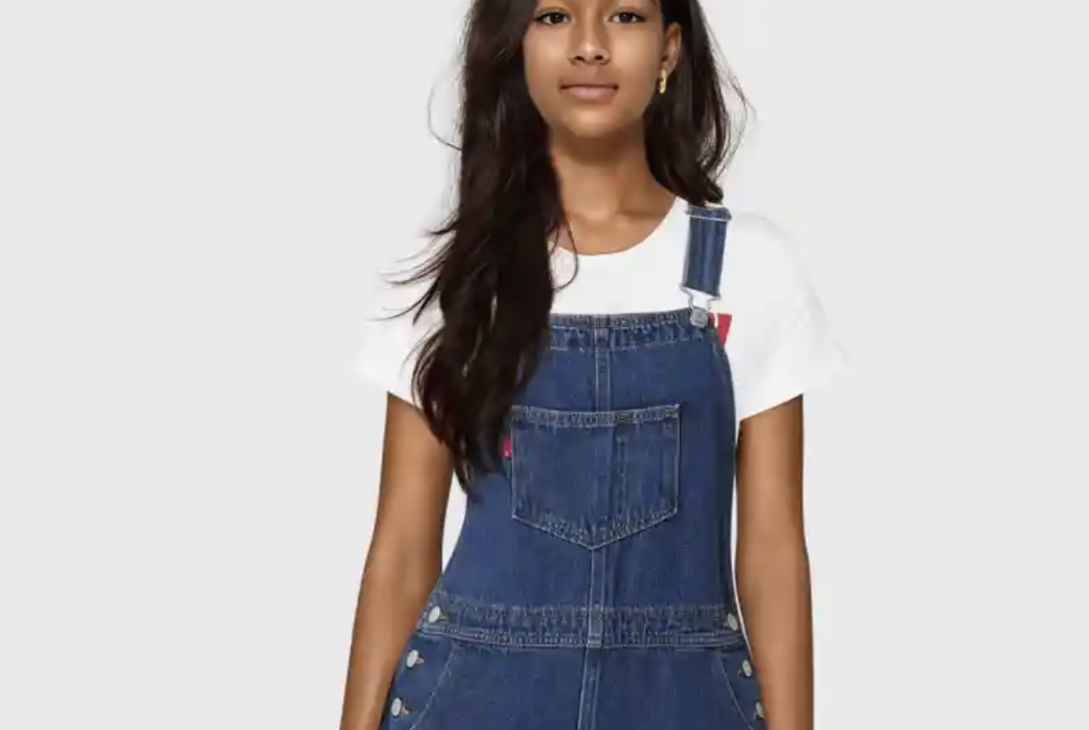Another vocation succumbing to the burgeoning AI explosion
First they came for the developers, but I was not a developer. Then they came for the photographers, but I was not a photographer. Then they came for the illustrators, but I was not an illustrator. Then they came for the designers, but I was not a designer. Then they came for the copywriters, which we were a bit cheesed off about at first, but it’s not so bad.
Now they’ve come for the fashion models, and we are definitely not a fashion models.
Earlier this month, Levi’s unveiled an AI-generated version of a human model, which will appear on its ecommerce site later this year.
The savvy clothing brand collaborated with LaLaLand, which is the digital studio that specialises in generating customized AI models for fashion companies.
The models have been created to supplement representation in the areas of size, skin tone and age.
A spokesperson for Levi’s stated that: “We are excited about a world where consumers can see more models on our site, potentially reflecting any combination of body type, age, size, race and ethnicity, enabling us to create a more personal and inclusive shopping experience.”
There is a cost benefit to this kind of tailored avatar approach. Actual human models require cost-intensive shoots, production budgets, stylists, make up artists, wardrobe assistants and travel arrangements.
They also come without the kind of prima donna egos, diva-ish spates, catfights and even the kind of egregious demands that some semi-established models consider de riguer for a fashion shoot.
So why not scout and hire for more models from different countries and an expanded range of ages and backgrounds?
The Levi’s spokesperson piped up once more: ““The models Levi’s hires are already diverse and this will continue to be a priority for us. Over the past year, we’ve been focused on ensuring that those working on the content both in front and behind the camera are reflective of our broad consumer base.”

A history of AI models
This isn’t the first time Ai generated models of humans have been used in adverts. Several clothing companies and retailers began using AI-generated models instead of human ones.
They did this not only to save time, resources, and money, but it also gave them some creative freedom in marketing and advertising. H&M, which used an AI-generated model in 2018 for their website and Balenciaga released a campaign featuring AI-generated models for their Fall collection in 2020.
European online fashion retailer Zalando experimented with AI-generated models for product listings, while The Fabricant is a digital-only fashion house that creates clothing exclusively for virtual models.
Additionally, Japanese company DataGrid has developed an AI system capable of generating high-quality, photorealistic models for use in fashion and advertising.
“We are excited about a world where consumers can see more models on our site, potentially reflecting any combination of body type, age, size, race and ethnicity”
Levi’s Spokesperson
Deep Models
It’s not just LaLaLand that create these kind of optimized avatars for Levis. The Netherlands-based AI company Deep Agency debuted its own AI modelling service. The package, which costs $29 a month, bills itself as a service that enables creators to skip costly traditional photoshoots. Users of the package type in what they would like and receive high quality images of the fake models in return.
The avatars seem to be of variants revolving around 12 models of various races, and all seem to be in their 20s and 30s. Users can pick from a mood board of differing scenes poses and vibes that they want their own model to appear like in the final result.




